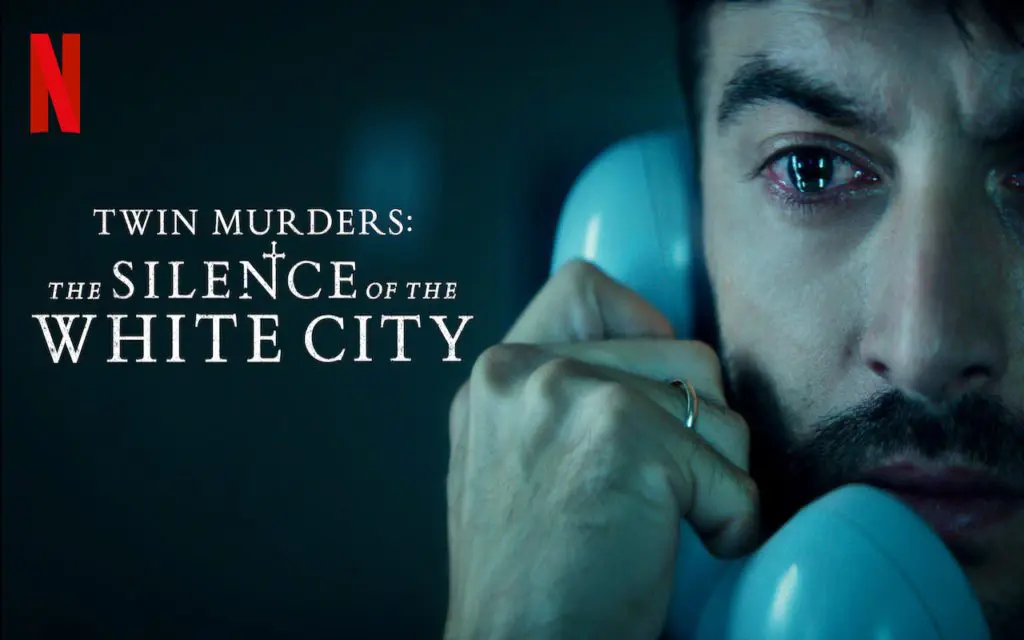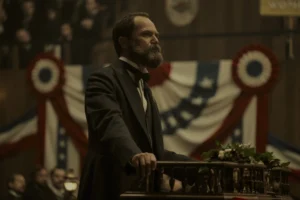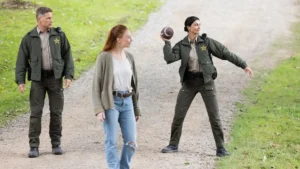Summary
Twin Murders: the Silence of the White City is enticing from the start but then becomes saddled and muddled in its own murder mystery.
The start of Netflix’s Twin Murders: the Silence of the White City shows the dead body of a twenty-year-old man and woman at a crypt in the Old Cathedral. A serial killer has returned, and so has investigator Unai Lopez de Ayala. It’s a strange tale of opposites coming out of retirement; the serial killer and a cop — what a byline for a murder mystery movie, gracing the thumbnails of Netflix. But does it deliver?
Twin Murders: the Silence of the White City is okay — it revels in history, exploring archaeology; the serial killer has a pattern with all their deaths; each time they kill a man and woman, they are five years older than the last killings. It’s all very mythological and methodical at the same time, almost like we are following a Dan Brown novel — not sure which one is taking precedence.
But the driving force of the movie is Unai Lopez de Ayala, a broody, driven, yet seemingly scarred investigator that does his runs early mornings and has an eye for his boss who seems enticed by his big d*** energy. His determination to find the killer is born from frustration and the past — his demons follow him, and his alias is precious.
As the Netflix film progresses, Twin Murders: the Silence of the White City becomes drowned out by its own mystery — the running time and the depth the film wants to cover means that the darkness of the story becomes muddled rather than exciting; it’s never a good sign when you repeatedly keep looking at the time.
And the main character Unai; while he is interesting at a surface-level, as the story wears on, it’s easy to become less interested in his motives to find the killer as his standard broody approach can not match the depths of the story.
Still, if you fancy a murder mystery story while considering self-isolating yourself for Covid-19, then Netflix film Twin Murders: the Silence of the White City is worth a shot.




